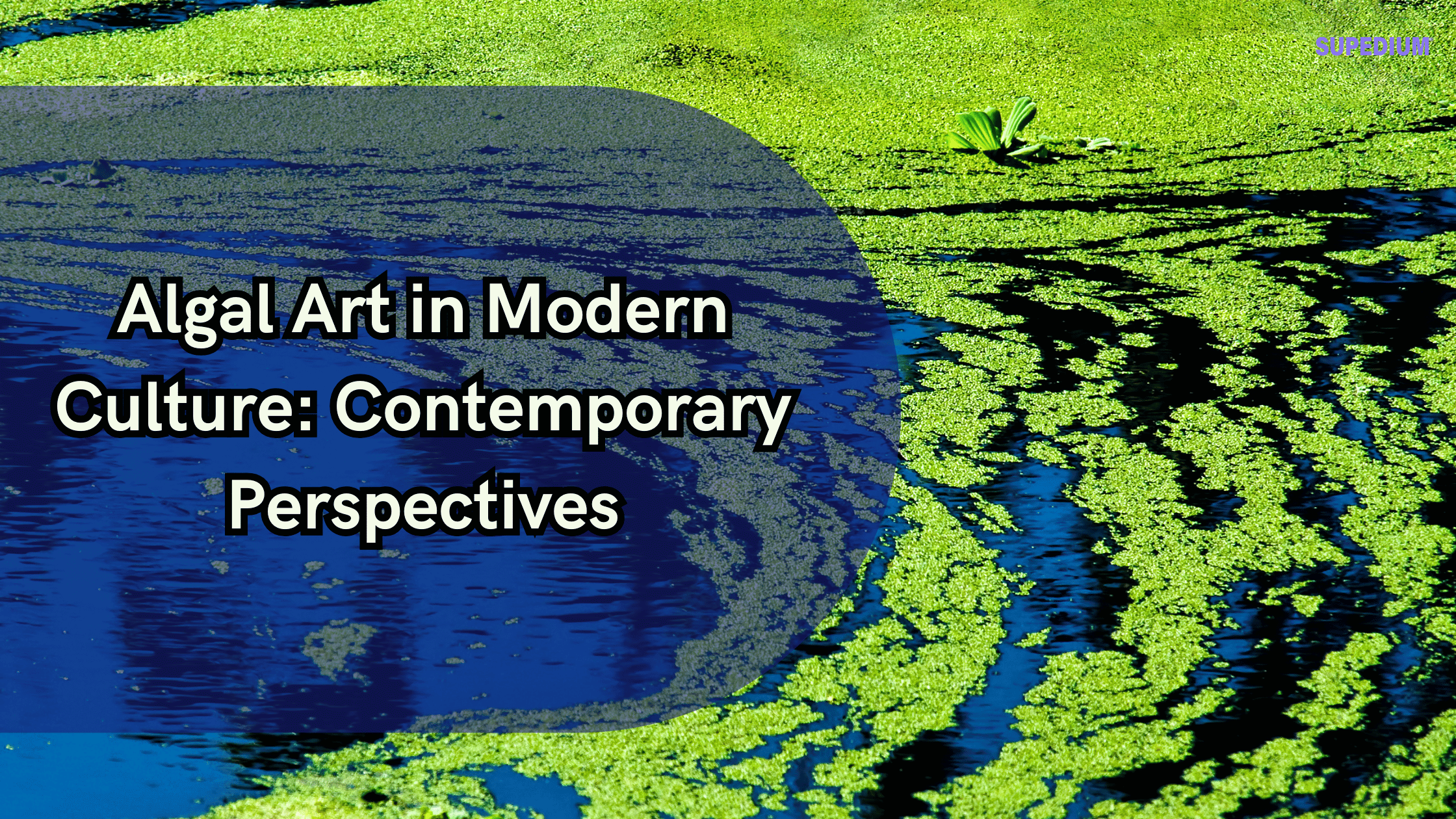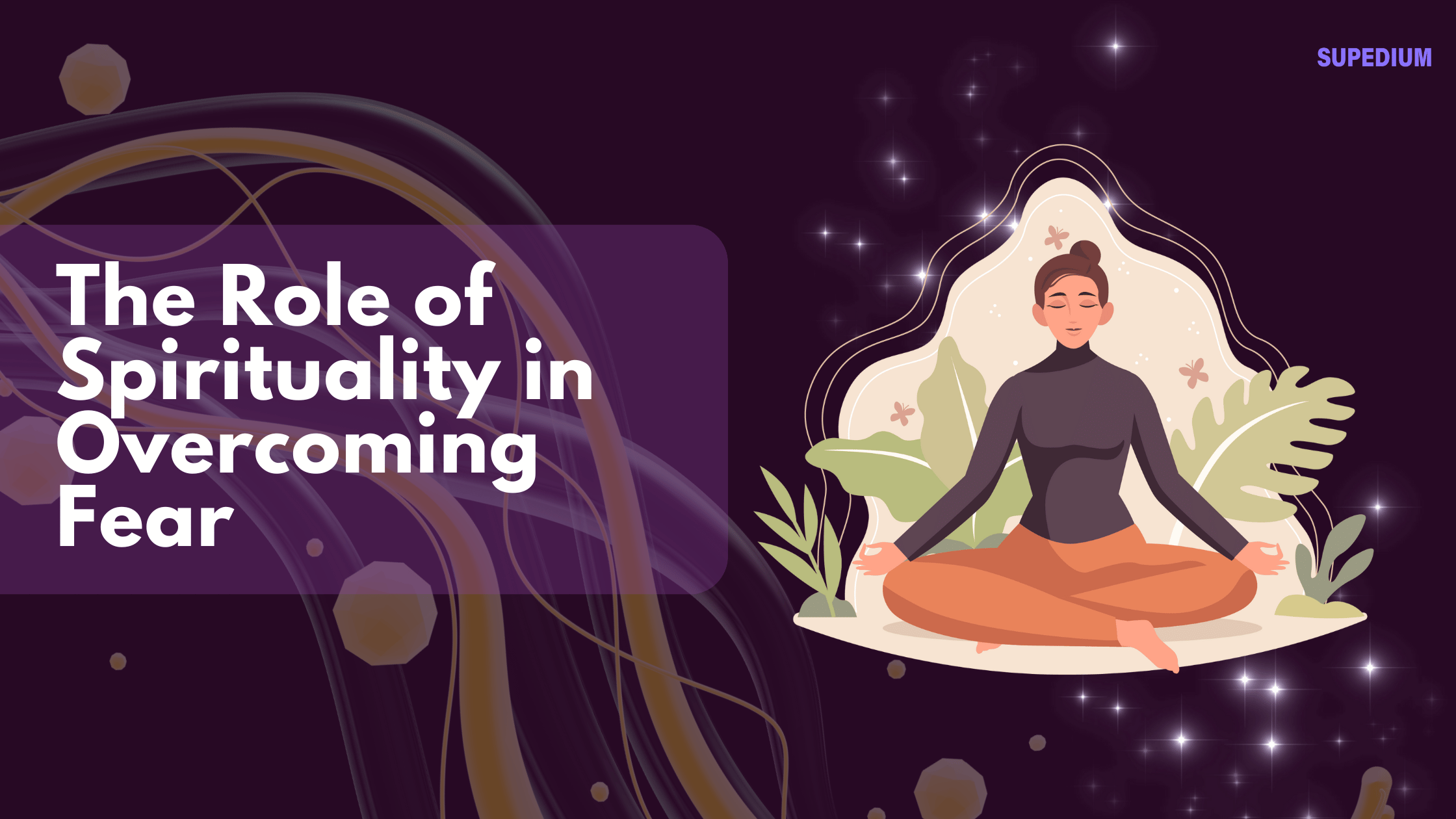Table of Contents
![]()
Algae, often seen as essential for the health of aquatic ecosystems, have recently emerged as a unique medium in contemporary art. Artists have begun exploring algae not only as an ecological resource but also as a powerful tool for environmental commentary and creative expression. This article delves into the phenomenon of algal art, exploring its role in modern culture, the artists pioneering this genre, and how algae’s visual and environmental significance is reshaping the art world.
The Role of Nature in Contemporary Art
Historical Perspective on Nature-Inspired Art
Nature has long been a source of inspiration for artists. From the detailed botanical illustrations of the Renaissance to the Impressionist movement’s celebration of natural landscapes, the natural world has shaped artistic traditions. In the 20th and 21st centuries, environmental concerns and technological advancements have brought a new dimension to the intersection of nature and art, leading to the rise of eco-art movements. Contemporary artists have increasingly turned to scientific themes, including biology and ecology, to engage with issues like climate change and sustainability.
The Modern Fascination with Scientific Themes in Art
Today’s artists are often inspired by scientific exploration, using art as a platform to interpret and question scientific phenomena. The rise of bio-art and environmental art reflects a growing awareness of the interconnectedness of art, science, and environmental issues. In particular, algae, with its vital role in ecosystems, has captured the imagination of artists interested in blending the boundaries between nature, technology, and creative practice.
Algae as a New Frontier for Artistic Exploration
Algae represent an exciting new frontier in contemporary art. Not only do they offer visually striking forms and colors, but they also embody complex ecological processes such as photosynthesis, carbon sequestration, and nutrient cycling. As a result, artists are increasingly incorporating algae into their works to explore these themes in innovative ways, addressing both aesthetic and environmental concerns.
What is Algal Art?
Definition of Algal Art
Algal art refers to artworks that incorporate algae either as a subject or as a medium in the creative process. This can involve the visual representation of algae through traditional artistic techniques or the use of living algae as a material in dynamic, evolving installations. Algal art often blurs the lines between art and science, creating works that engage with biological processes and ecological issues in a way that traditional art forms cannot.
Inspiration and Materials
Algal art draws inspiration from both the natural beauty of algae and their significance in scientific research. Artists working with algae may use live cultures, algae-based pigments, dyes, or even algae-derived bio-materials. The aesthetic qualities of algae, such as their vibrant colors, intricate structures, and organic growth patterns, provide rich visual material for creative expression.
Types of Algal Art
- 2D Works: Algal art can be expressed in two dimensions through paintings, prints, and drawings. These works often focus on capturing the beauty and complexity of algae, emphasizing their textures, colors, and patterns.
- 3D Works: Sculptures, installations, and interactive art are becoming increasingly popular in algal art. These works often use living algae or algae-based materials to create evolving and organic forms, which may change over time as the algae grow or interact with their environment.
Artists and Movements: Pioneers of Algal Art
Prominent Contemporary Artists Working with Algae
Algal art is a relatively new genre, but several contemporary artists have become pioneers in the field, exploring the creative potential of algae.
Edith M. Tournier
One of the leading figures in algal art, Edith M. Tournier uses live algae in her installations and exhibitions. Her work focuses on the organic growth patterns of algae, drawing attention to their fluidity and connection to broader ecological systems. Tournier’s installations often incorporate natural elements and environmental themes, highlighting the fragility of the ecosystems algae support.
Andrew S. Alexander
Andrew S. Alexander is known for creating sculptures and large-scale installations inspired by algae and their role in marine ecosystems. His works often explore the intersection of art and environmental science, using algae to create visually striking pieces that reflect on the ecological challenges of our time.
Emerging Art Movements Incorporating Algae
Algae have found a place in broader art movements that focus on environmentalism and bio-art. Bio-art, a movement that incorporates living organisms into artworks, has become a natural outlet for artists interested in working with algae. Many of these artists use living algae cultures to create works that evolve over time, reflecting the dynamic and ever-changing nature of the ecosystems algae inhabit.
Additionally, eco-activism plays a significant role in algal art, with artists using their works to raise awareness about environmental issues such as pollution, climate change, and habitat destruction. Algal art often serves as a visual commentary on these urgent topics, prompting reflection on how human activity is impacting the natural world.
Collaborative Efforts Between Scientists and Artists
An interesting development in algal art is the growing collaboration between scientists and artists. Many artists working with algae engage in partnerships with researchers to better understand the biology and environmental significance of algae. This collaboration results in works that are not only artistically innovative but also scientifically informative, creating a fusion of art and science that fosters a deeper understanding of algae and their role in ecosystems.
The Intersection of Algae, Art, and Environmental Awareness
Algal Art as a Medium for Environmental Commentary
Algal art has gained prominence for its ability to communicate complex environmental messages. Artists use algae to highlight pressing issues like ocean health, climate change, and the fragility of ecosystems. Algae, as organisms that thrive in water, often symbolize the interconnectedness of aquatic ecosystems and human impact on these environments.
By using algae in their works, artists create powerful visual narratives that raise awareness of environmental degradation, the importance of conservation, and the need for sustainable practices. Algal art, therefore, becomes not just a form of creative expression but also a form of activism.
Algae in the Context of Environmental Sustainability
Algae are increasingly recognized for their role in sustainable technologies, such as biofuels, carbon capture, and water purification. Artists are exploring these themes in their works, investigating algae’s potential to address environmental challenges. For example, algae-based biofuels could reduce reliance on fossil fuels, and algae’s ability to absorb carbon dioxide makes them a valuable tool in the fight against climate change.
Artists also use algae as a symbol of ecological balance, depicting the importance of preserving ecosystems that rely on algae for their functioning. By focusing on algae, artists contribute to the growing discourse on sustainability and encourage a deeper understanding of the interconnectedness of life on Earth.
Algal Art in Public Spaces and Exhibitions
Algal Art in Museums and Galleries
As algal art continues to evolve, it has found a prominent place in contemporary art exhibitions. Museums and galleries around the world are showcasing works that feature algae, exploring the relationship between living organisms and art. These exhibitions often offer interactive and immersive experiences, where visitors can engage with the art and see how algae grow and change over time.
Algae as Part of Urban Art Projects
Algal art is also making its way into public spaces. Artists are creating algae-inspired sculptures and installations in parks, plazas, and other urban environments. These works engage the public with environmental issues, inviting viewers to reflect on the role of algae in both the natural world and urban life. These installations often aim to foster dialogue about sustainability and ecological responsibility.
Algal Art in Temporary and Environmental Exhibitions
Pop-up art events and temporary exhibitions focused on sustainability and ecology often feature algal art. These events provide a platform for experimental works that highlight the environmental impact of human activities, the beauty of algae, and the potential for algae to offer sustainable solutions.
Challenges and Controversies in Algal Art
Ethical Concerns in the Use of Living Organisms in Art
One of the challenges of working with algae in art is the ethical debate over the use of living organisms in creative practice. Some critics argue that using living algae in art installations raises questions about the treatment of organisms and their role in the natural world. Artists must consider the environmental impact of using live organisms and whether their work is contributing to ecological harm.
Public Reception and the Art Market
Algal art, like other forms of bio-art, can be polarizing. Some audiences are fascinated by the innovative use of living organisms in art, while others view it as controversial or difficult to engage with. The art market also struggles to place a value on bio-art, as its ephemeral nature and non-traditional materials complicate conventional methods of art valuation.
The Balance Between Aesthetic Appeal and Environmental Responsibility
Artists must strike a balance between creating visually compelling works and ensuring that their art does not contribute to environmental degradation. The use of sustainable materials and practices is crucial in algal art, as artists navigate the tension between aesthetic experimentation and environmental responsibility.
The Future of Algal Art
Potential Developments in Algal Art Techniques
As technology and biological research continue to advance, the potential for algal art will expand. Future developments in biotechnology may lead to new forms of algae-based materials that are even more versatile and sustainable. Artists may experiment with algae in ways that are currently unimaginable, pushing the boundaries of what can be created with living organisms.
Expanding the Role of Algae in Cultural Practices
Algae are already beginning to influence other cultural practices beyond fine art, including fashion, design, and architecture. As the cultural importance of algae grows, we may see an increase in algae-inspired designs and products, from algae-based fabrics to algae-infused building materials. These developments will further cement algae’s place in modern culture.
Algal Art as a Tool for Climate Action
Algal art has the potential to become a tool for climate action, raising awareness about the environment and inspiring individuals to take action. Artists who use algae in their works are not only creating visually stunning pieces but also fostering a dialogue about the importance of preserving ecosystems and addressing climate change. Through art, algae may help spark the innovation needed to create a more sustainable future.
Conclusion
Algal art has emerged as a significant and dynamic genre in contemporary culture. Artists are using algae to explore themes of environmental sustainability, scientific discovery, and the interconnectedness of life. As both a creative medium and a platform for environmental activism, algal art challenges traditional notions of art and opens new avenues for addressing the ecological issues of our time. With its ability to raise awareness and inspire action, algal art is poised to play an essential role in shaping the future of art and the environment.
Share This





Be the first to comment